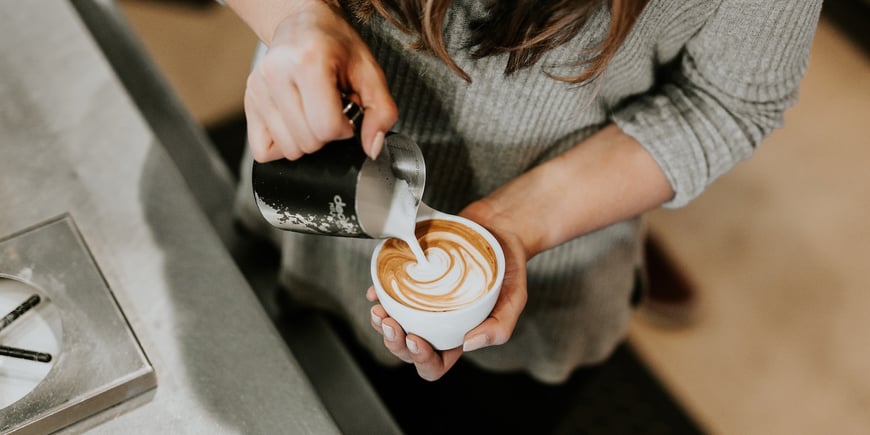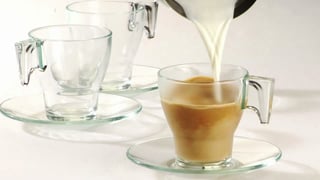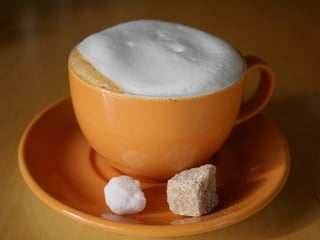
With all of the different types of drinks on offer at coffee shops these days, ordering your morning brew can sometimes get a little confusing. The main difference between each of these is simply how much, and what kind of milk the barista is using to craft your drink. Let’s take a look at the role milk plays in different kinds of coffee, and how these are created.
What kind of milk is best?
All milk is not made equal. There are a lot more variations than simply skimmed, semi-skimmed and whole milk. The milk produced by each individual farm will have slightly different fat, protein and sugar content, which will affect the flavour of the milk, as well as how it responds to heating. These variations are caused by differences in diet, breed, and environment, with free range grass fed Jersey cows generally producing the highest quality product.
Texture is everything
Baristas aren’t using different varieties of milk for different coffees though, instead they are using steaming techniques to produce differences in the texture and consistency. Here’s a quick break down of the most common types of milk used.

Steamed milk
This is the most basic type of milk, and makes up the bulk of drinks like a latte or café au lait. The texture of the milk does not change much during the steaming process, as the main goal is essentially just to heat up the milk.

Microfoam
This type of milk contains tiny bubbles which give the milk a lighter texture, making it perfect of crafting beautiful works of latte art.

Macrofoam
This is similar to microfoam, but with much larger, more visible bubbles. Often called froth, or dry-foam, this is used to top drinks such as cappuccinos.
How easy is it to do?
Making these fancy milks may seem like magic, but it’s just a matter of skill and precision. The barista manipulates the milk using a steaming wand which pumps hot steam through the milk. There are a whole bunch of variables that affect the texture of the milk, such as the temperature, angle and the position in the jug. There is a real art form to getting this perfect for each type of drink, and it’s the part of a barista’s job that takes the longest to get right.
Learning to do this without the benefit of professional barista training would be very difficult and would mean a whole load of trial and error. Fortunately, modern coffee machines like the WMF 5000 S are able to produce complex drinks perfectly every time using Dynamic Milk, the patented milk system from WMF. It enables the preparation of hot milk foam in four consistencies, and has three foam level variations for cold milk foam too. It’s extremely flexible; the milk foam can be varied during beverage preparation by adding layers of differing consistency, allowing for a huge variety of different drinks.
You can even get the full coffee making experience with the WMF Espresso. Have an automatically prepared espresso made for you, then select the milk you want and the automatic steam arm will make the perfect milk for you every time. There’s also a manual steam arm for those who want to make their own. Then you can practice your latté art.

